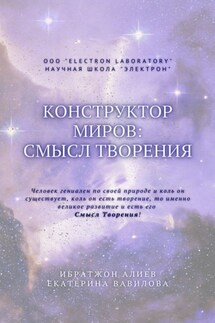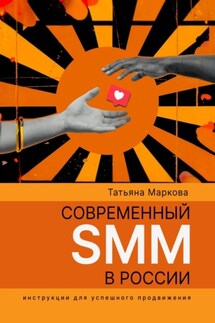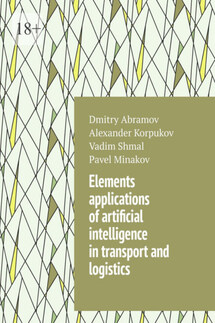Все науки. №6, 2022. Международный научный журнал - страница 26
The ratio of reaction cases attributed to the number of particles bombarding the target is called the yield of a nuclear reaction. This value is determined experimentally by quantitative measurements, which is associated with the cross—section of reactions, and the measurement of this output is in essence the measurement of the reaction cross-section.
The laws of physics, including conservation laws, of course also apply in nuclear reactions. These laws impose certain restrictions on the possibility of carrying out a nuclear reaction itself. There are also some more specific conservation laws peculiar to the microcosm, an example of such can be the law of conservation of the baryon or lepton number. They are performed on all known reactions, but some other laws of parity conservation, isospin, strangeness, only act in fundamental interactions. The consequence of them is the selection rules that determine the real and impossible nuclear reactions that can be carried out.
The law of conservation of energy in nuclear reactions acts predictably, but very specifically for representatives of the macrocosm. In this case, the equality of the sums of the total energies (3) is fulfilled.
If we paint (3), then we can get (4), from which follows the reaction energy (5), which satisfies (6).
Thus (5) can also be rewritten as (7).
If the reaction yield is greater than zero, then this reaction is exo-energetic and is accompanied by the release of energy into the kinetic energy of the reaction products, in the opposite case – absorption and is called endo-energetic. The adjustment of such a process becomes clear both by the mass difference before and after the reaction, and with a positive difference, we can say that it turns into kinetic energy and the reaction generates energy, in the opposite case, that is, with a negative difference, the process absorbs it.
The law of conservation of momentum also applies, which is very noticeable in direct reactions (8).
At the same time, there is a law of conservation of momentum and a number of other laws, but the most basic ones acting in the reaction are these two conservation laws.
But now it is important to focus on the types of nuclear reactions, and there are several of them: nuclear fission reaction, fusion, thermonuclear reaction and photonuclear reaction. The first type is a nuclear fission reaction, this is the process of splitting an atomic nucleus into two, and less often into three nuclei with close nuclear masses, which are called fission fragments. Other reaction products may also occur, including light nuclei – alpha particles, deuterons, as well as neutrons and gamma quanta. Fission itself is spontaneous and spontaneous, or forced, due to interaction with other particles, for example neutrons. The fission of heavy nuclei is in most cases an exo—energetic process, which makes it possible to obtain energy from radiation and kinetic energy of products from this process.
The nuclear fusion reaction is the second nuclear process, which consists in the fusion of two nuclei to form a new, heavier nucleus. This process is often accompanied by the emission of gamma rays or other elementary particles. Fusion of nuclei is most often an endo-energetic process, which most often requires the introduction of energy through the kinetic energies of particles in order to overcome the Coulomb barrier – the electrostatic repulsion of nuclei. The fusion of two nuclei and giving them energy can be realized, as it is not difficult to guess in charged particle accelerators, or these particles originally possessed this energy, for example, cosmic radiation particles, but there is another way – it is heating matter to extremely high temperatures in a special thermonuclear reactor, where the kinetic energy of particles and temperatures are extremely huge.









